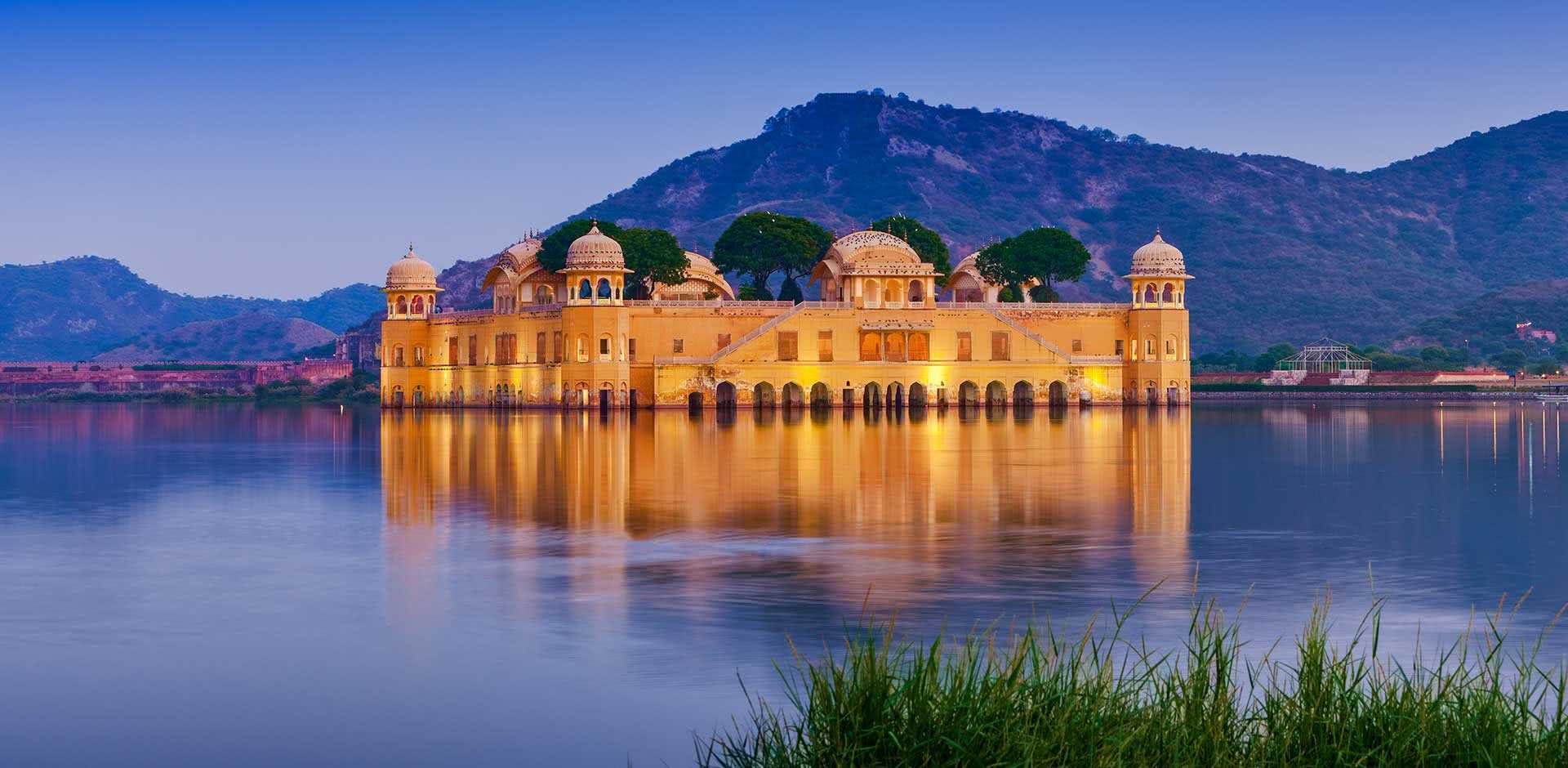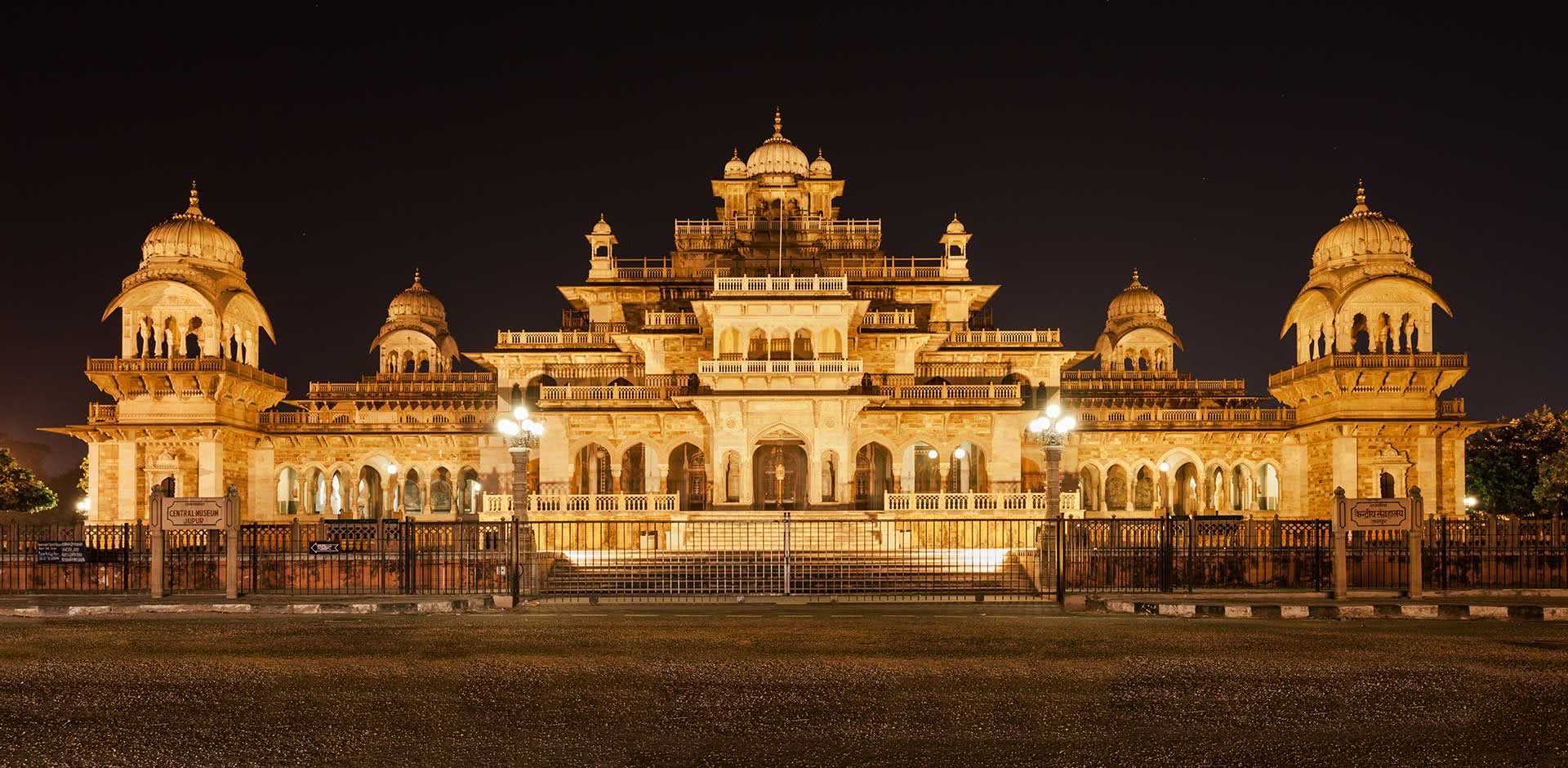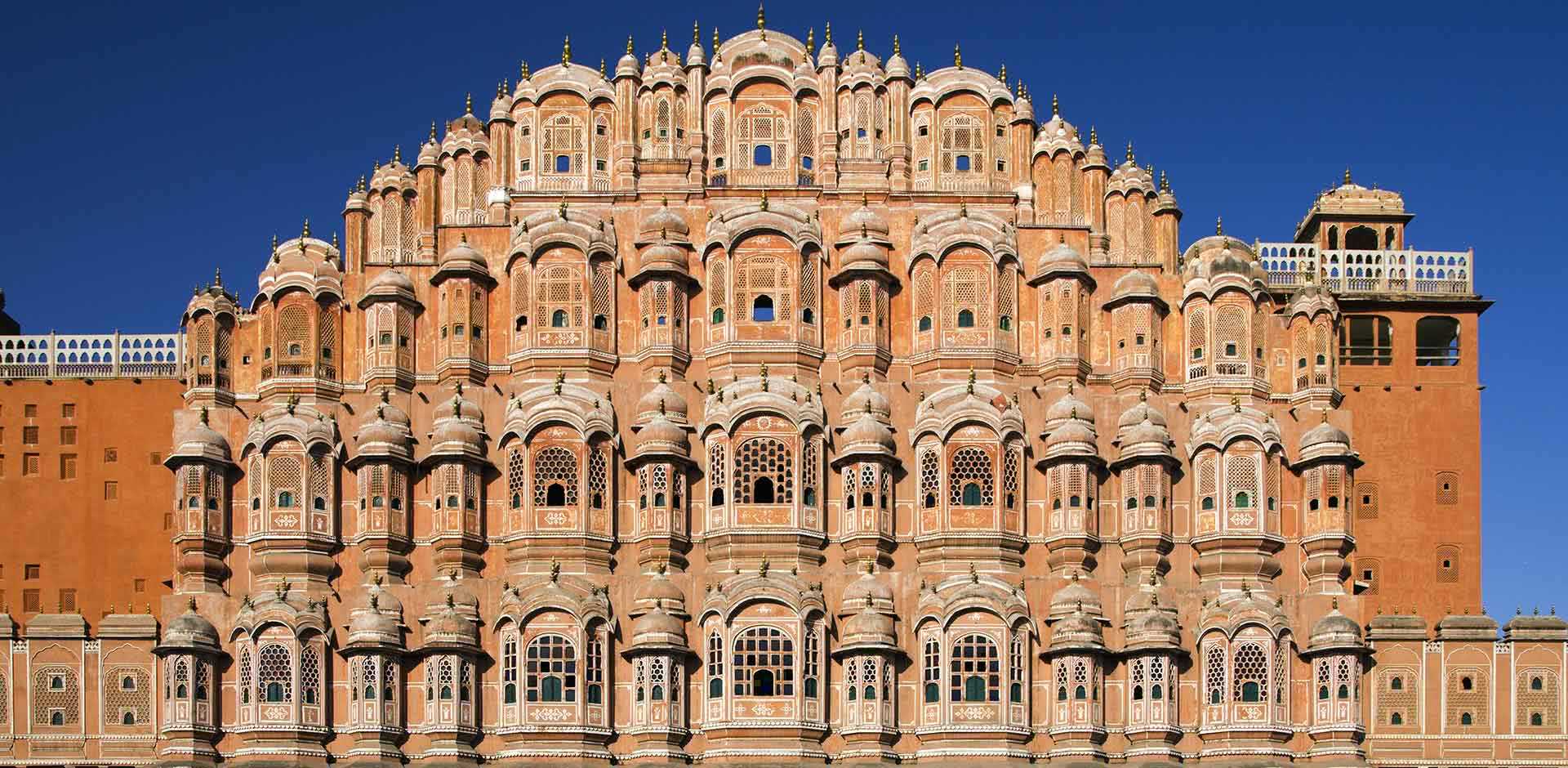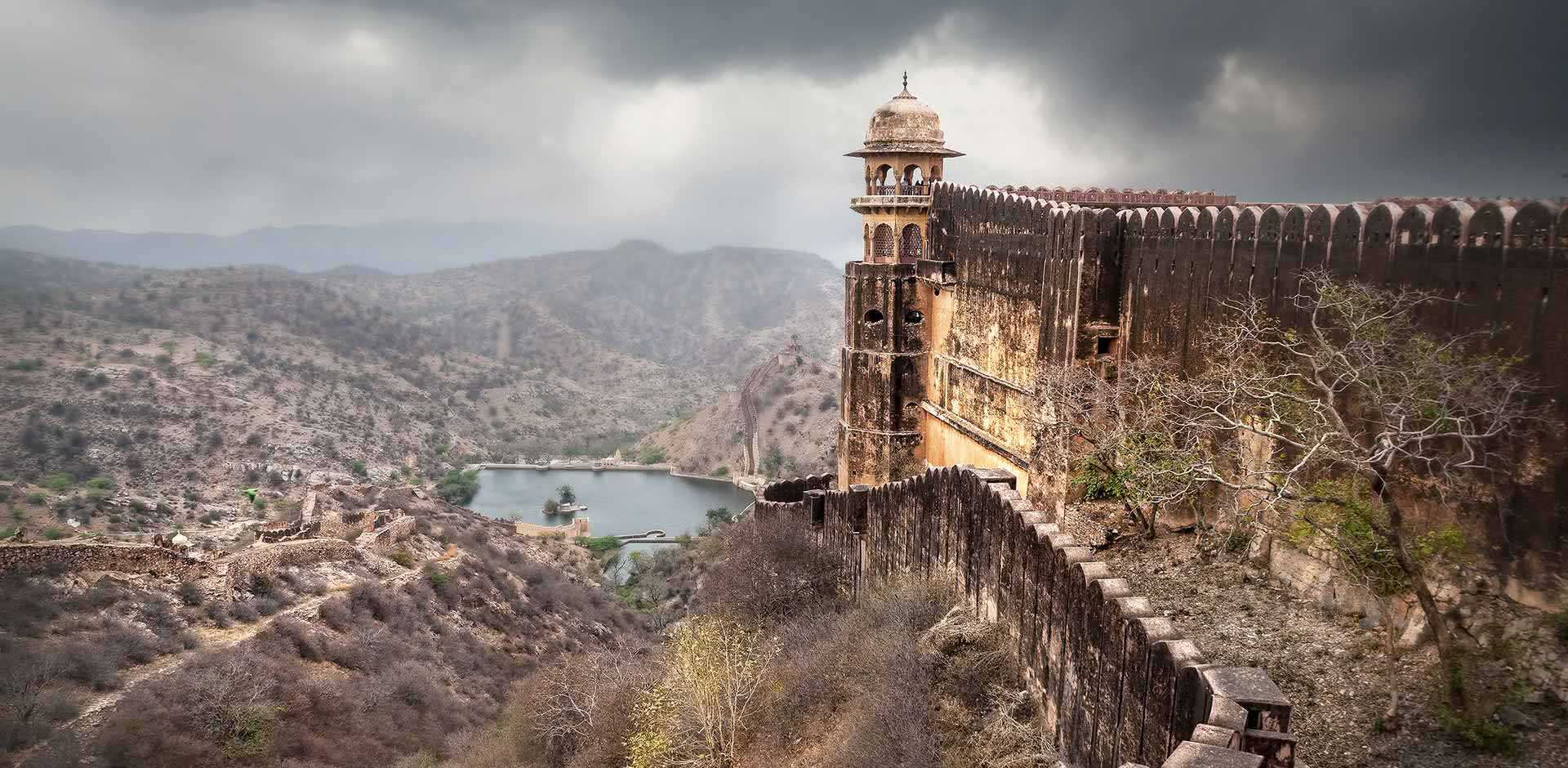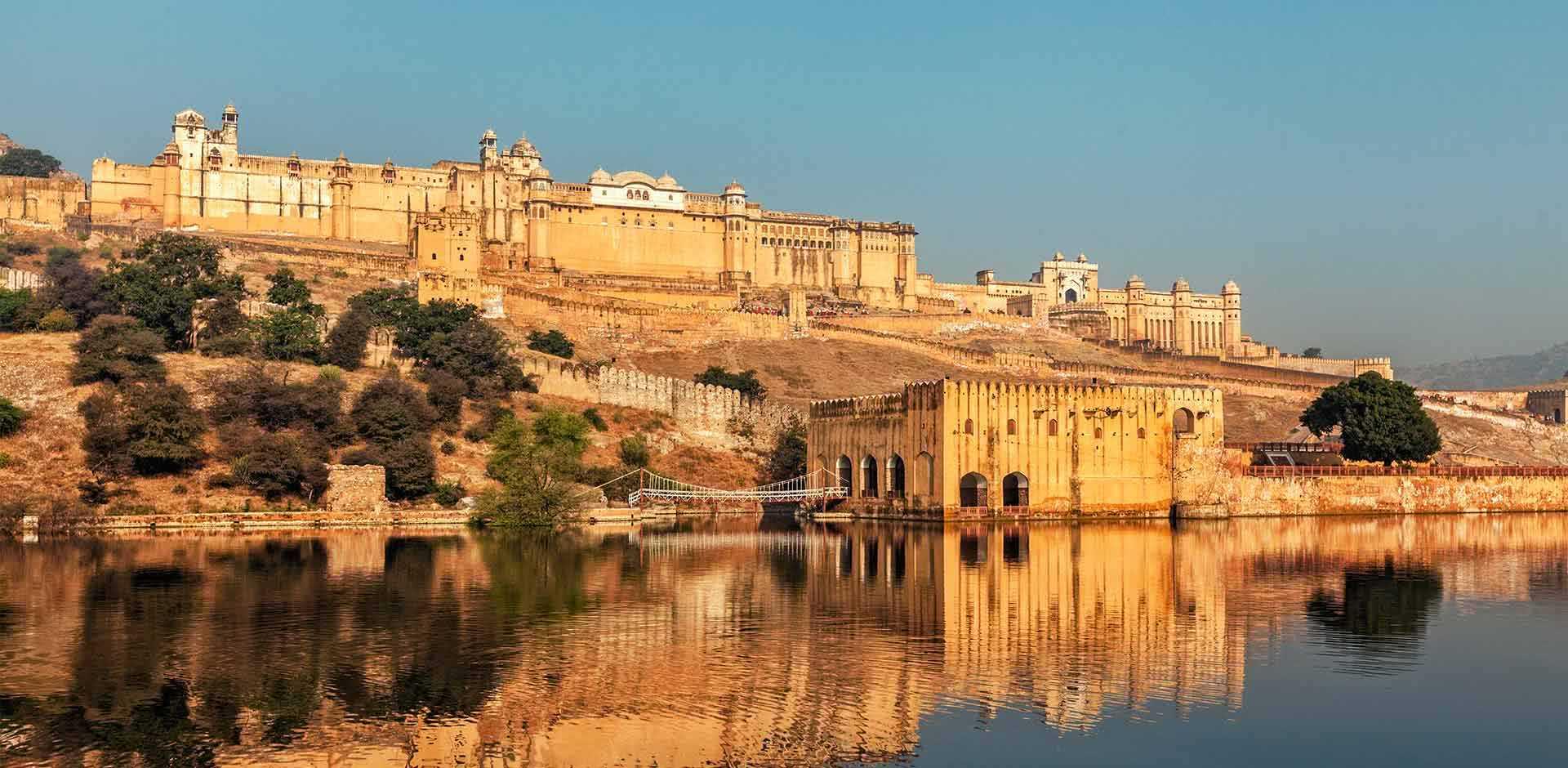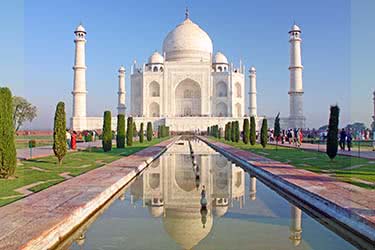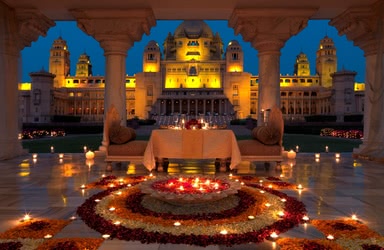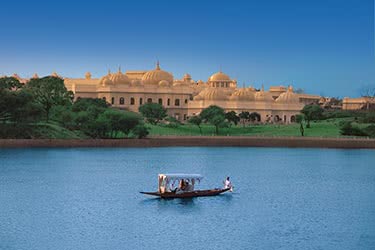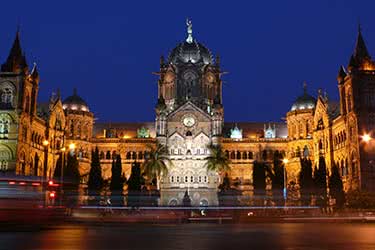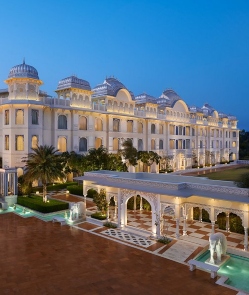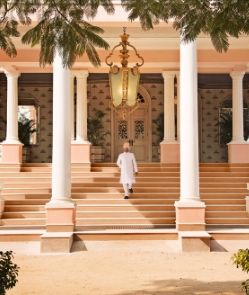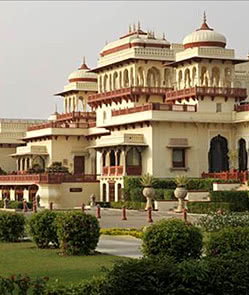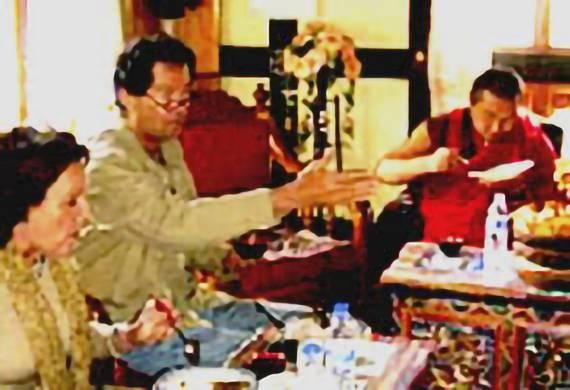Jaipur
Experiences
A handpicked selection of experiences endorsed by our experts. If you can’t see what you’re looking for, let us know, as our extensive network of local contacts can open many doors.
Balloon Flight
Embark on an early-morning hot-air balloon flight over Jaipur and Amber’s remarkable landscape of forts and palaces.
Chittorgarh Fort
Stop at Chittorgarh Fort, the largest fort in India and the grandest in Rajasthan. Once the capital of Mewar, this massive hilltop fort contains a number of historical palaces, gates, temples and two prominent commemoration towers. The fort was abandoned in 1568 when Emperor Akbar, the third Mughal Emperor, defeated Chittor’s ruling Maharana, Udai Sing II.
City Palace
Visit the City Palace museum, home to the ruling families of Jaipur since the mid-18th century. The palace’s many courtyards and sprawling grounds occupied one-seventh of the old walled city of Jaipur, and its ornate architecture perfectly blends Rajput and Mughal styles. Highlights of the museum are the miniature paintings, royal costumes, musical instruments and Mughal-style carpets.
Hawa Mahal
Stop by the Hawa Mahal, or "Palace of the Winds," which dates from 1799 and is one of the most commonly photographed buildings in Rajasthan. Although the building appears to be five solid stories tall, it is in reality only one or two rooms deep, surrounding two interior courtyards. The side of the building facing the street is a highly ornate sandstone screen of several hundred windows that catch the breeze, or hawa, and cool the palace.
Jantar Mantar
Adjacent to the City Palace is the very impressive Jantar Mantar, an observatory built in the early 18th century by Maharaja Jai Singh II. The complex of 20 massive astronomical instruments and structures was a wonder of science when originally built; even today the Samrat Yantra, a huge sundial, can be used to tell local time within a margin of two seconds. Jantar Mantar received UNESCO World Heritage designation in 2010.
Narain Niwas Palace
Visit Narain Niwas Palace, previously the country retreat of a noble family, and now one of the most atmospheric of India's heritage hotels. The Palace is decorated with original Rajasthani antiques and artifacts, as well as vividly colored frescoes.
Shopping Tour
Go on a bespoke shopping tour of Jaipur’s diverse workshops, boutiques and markets. Jaipur's shops are known for, among other things, silks, fabrics, gems, Alwari suits (unisex outfits comprised of baggy pants that taper at the ankles and loose-fitting tops), and many more.
India Regions
Explore in-depth information, experiences and highlights by navigating to specific regions using the links below.
Northern
Southern
North-Eastern
Rajasthan
Wildlife Parks
Western
Andaman & Nicobar Islands
Central
- Agra
- Alwar
- Andaman And Nicobar Islands
- Arunachal Pradesh
- Assam
- Bandhavgarh National Park
- Bangalore
- Bhopal
- Calcutta
- Chennai
- Cochin
- Coorg
- Darjeeling
- Goa
- Gulmarg
- Gwalior
- Hampi
- Hyderabad
- Jaipur
- Jaisalmer
- Jawai
- Jodhpur
- Kanha National Park
- Karaikudi
- Khajuraho
- Kovalam
- Leh
- Madurai
- Mahabalipuram
- Maheshwar
- Mumbai
- Mysore
- Nagaland
- Nagarhole & Bandipur
- New Delhi
- Orchha
- Panna National Park
- Pench National Park
- Pondicherry
- Prayagraj
- Ranthambhore
- Rishikesh
- Satpura National Park
- Shimla
- Sikkim
- Srinagar
- Udaipur
- Varanasi
Jaipur Itineraries
- Duration
- 14 days / 13 nights
- Price Per Person
- From $12,600
- Duration
- 12 days / 11 nights
- Price Per Person
- From $12,000
- Duration
- 10 days / 9 nights
- Price Per Person
- From $10,800
- Duration
- 14 days / 13 nights
- Price Per Person
- From $12,500
Rajmahal Palace RAAS
Rambagh Palace
Until recently, the spectacular Rambagh Palace was the home of Jaipur royalty. The almost 200-year-old hotel is considered one of the great palace hotels of India, and is world-renowned for its beautiful architecture, its vast gardens and its 79 magnificent rooms and historical suites. The Survana Mahal is the hotel's grand dining room and serves delicious Indian cuisine and international fare is available in the Rajput Room. The hotel's famous Polo Bar, the lounge of choice for local society, is decorated with the trophies and polo memorabilia of the late Maharaja of Jaipur. Rambagh Palace offers guests indoor and outdoor swimming pools, tennis, croquet and a fitness center. The business center has broadband Internet access, wi-fi access and secretarial services. Ayurvedic therapy and massages can be arranged in the Palace Salon or in the privacy of your room. Taj Rambagh is approximately 20 minutes from the airport (JAI).
The Oberoi Rajvilas
Set in 32 acres of landscaped grounds, the Oberoi Rajvilas faithfully recreates the majesty of the Rajasthani royals. Each of the property’s rooms, tents and villas features the following amenities: LCD TV, DVD player, satellite television,wired and wireless broadband Internet access and 24-hour butler service. All accommodations are set in private courtyards, giving one the impression of being inside a fort. The fully air-conditioned, luxury tents in particular are unique to this property. Each tent has a private patio and a garden which is enclosed by a mud wall. Inside, the tents are spacious and airy, featuring colonial design such as a free-standing, claw footed bathtub and separate shower. There is a spa with a full suite of massage and spa treatment offerings, in addition to a state-of-the-art fitness center, flood-lit tennis courts, and outdoor pool in a lovely garden setting. There are two restaurants that serve Indian and international cuisine, in addition to the library bar. Room service is available 24 hours a day.
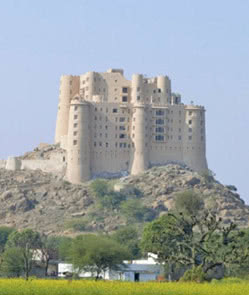
Alila Fort Bishangarh
The Alila Fort Jaipur is housed within the 230-year-old Fort Bishangarh and offers stunning views of the surrounding Rajasthan landscape. Painstakingly restored to the level of comfort for which Alila Hotels and Resorts is renowned, the hotel embraces elements of Jaipur Gharana architecture infused with Rajput and Mughal influences. The result is a return to grandeur for the warrior fort of marble floors and stone walls. The 59 stately rooms and suites afford modern comforts such as expansive bathrooms, footed or built-in bathtubs, and large daybeds. Each room is equipped with modern amenities such as flat screen televisions and Wi-Fi. During the renovation, the fort’s original structure was kept entirely intact while various restaurants and spas were added in. Its turrets, cellars, and secret passages were craftily transformed into bars and lounges and creative spaces. Food concepts and menus are curated by renowned Chef Ranveer Brar who produces artisanal meals that pay homage to local traditional methods. The grounds outside the fort are home to a pool, bar, fitness center, banquet lawns, kids' club, and organic garden.

Samode Palace
A splendid example of regal Indo-Saracenic architecture, the Palace combines the best of Indian and Mughal styles. Despite its age, the 475-year-old palace features contemporary luxury and the signature service of Samode hotels. The hotel boasts 43 rooms and suites, all opulently decorated and furnished with four-poster beds, rich carpets and jacuzzis. Breakfasts are served in the courtyard under the shade of trees, and two restaurants offer a choice of royal Rajasthani delicacies or scrumptious Asian and European fare. After their meals, guests may also wish to enjoy evening cocktails by the poolside, under the clear skies of Rajasthan. The Palace also has an extensive wine cellar of both International and Indian varietals, handpicked by experts.
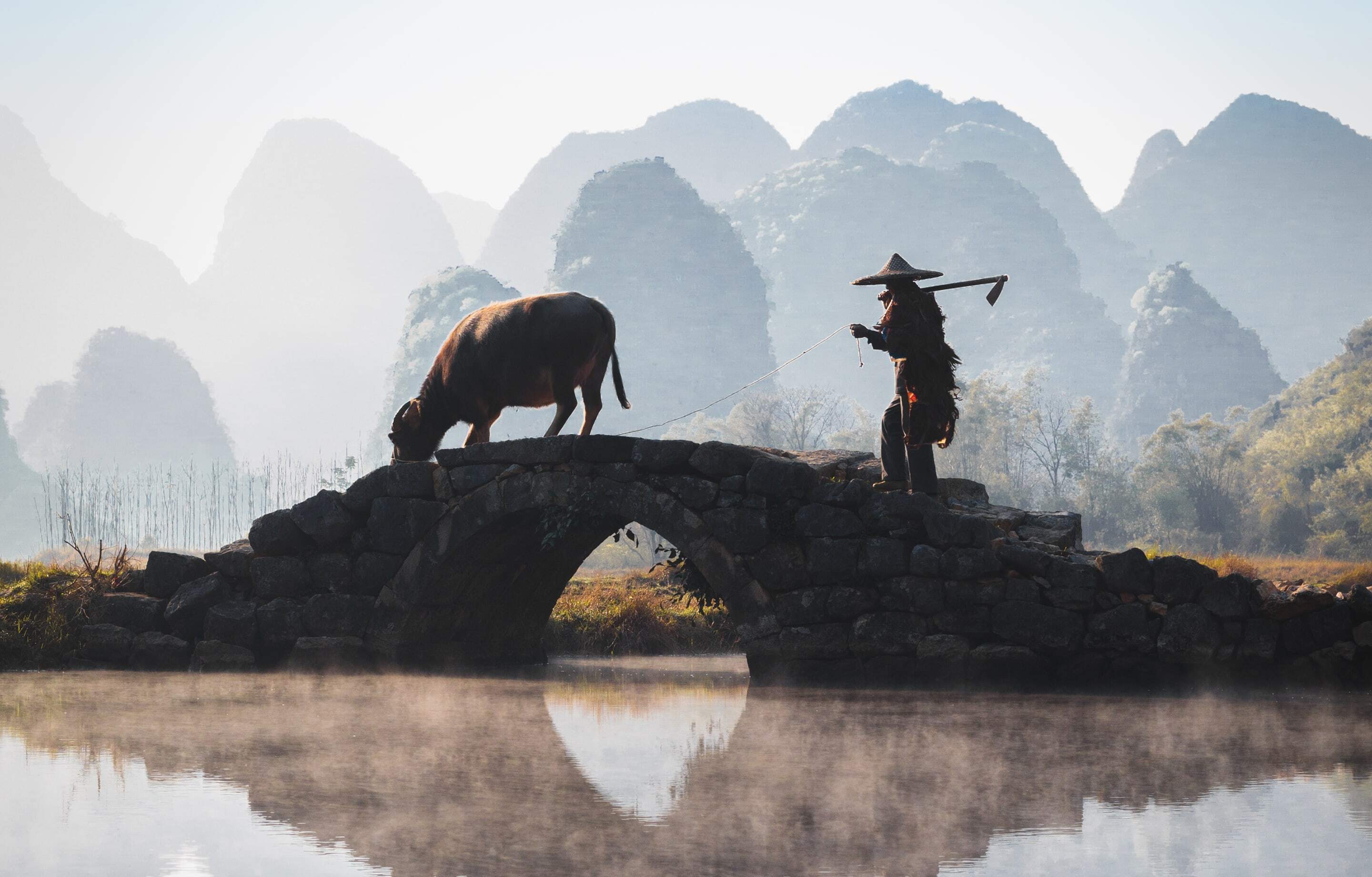
Exclusively Asia
With Remote Lands you'll travel with people who have made Asia the solitary focus of their own lifelong adventure. As our guest, you'll discover Asia on a journey that is completely, authentically your own, adapted from our own remarkable experiences and adventures over the years.
With Remote Lands you'll travel with people who have made Asia the solitary focus of their own lifelong adventure. As our guest, in the continent that our north American founders Catherine and Jay have adored and explored for decades, you'll discover Asia on a journey that is completely, authentically your own, adapted from our own remarkable experiences and adventures over the years.
Travelogues
An Asia-focused magazine brought to you by Remote Lands - a platform for adventure, luxury, and authenticity from experts and explorers around the continent.
ESSENTIAL INDIA: Gateway to Asia’s Most Dynamic Nation with Remote Lands
- Author
- Travelogues
India Unexplored: Peace in Shimla
- Author
- Travelogues
Watching Cricket in India for Travelers
- Author
- Christian Gibney
What Others Say
Here is a small selection of the kind words our clients have said about us recently.
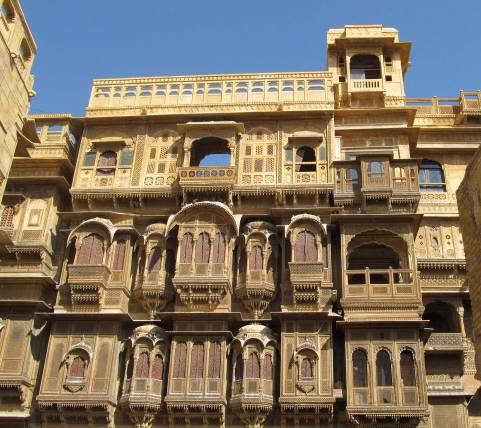
Zippy from Tel Aviv
Our guide was amazing, very polite and had endless knowledge and good connections - certainly the right person to escort your clients.
